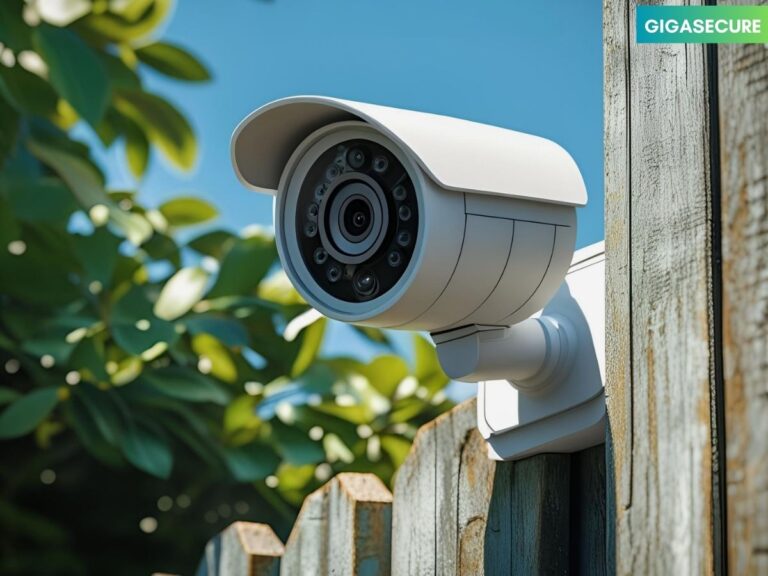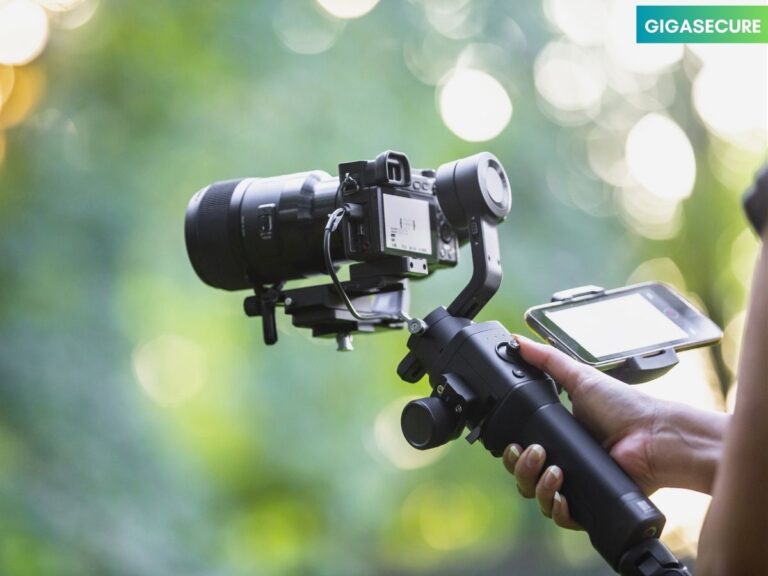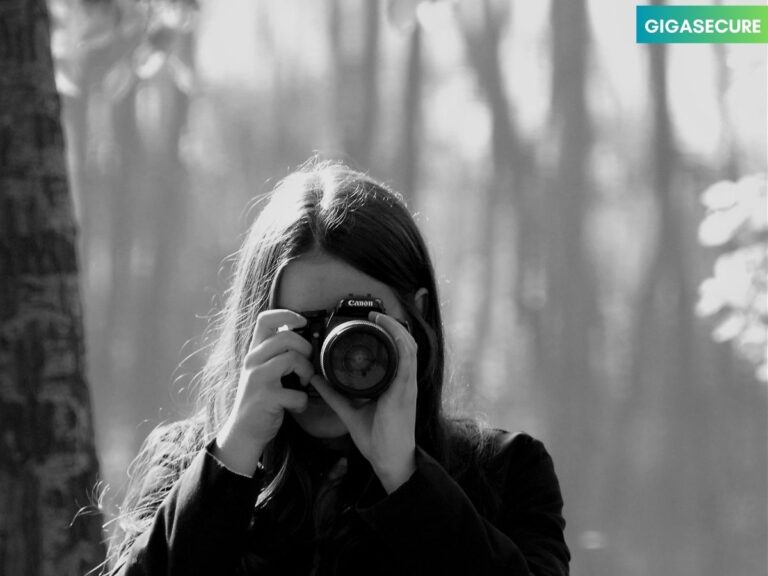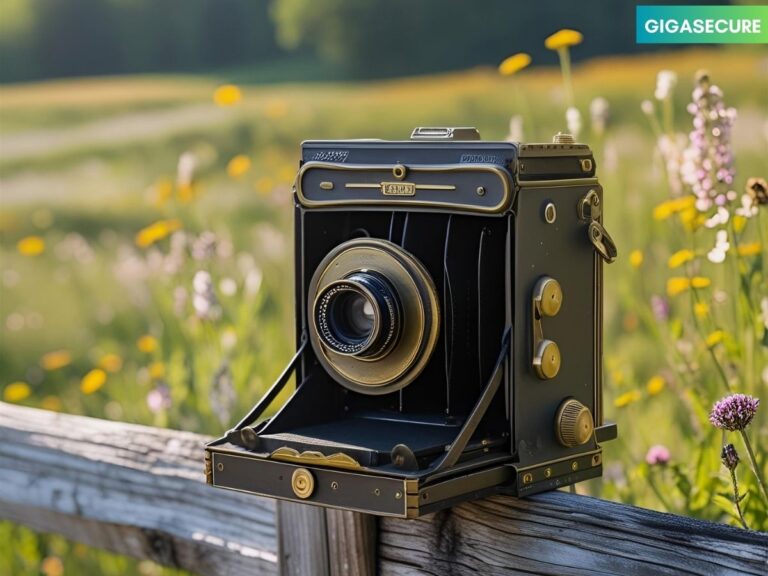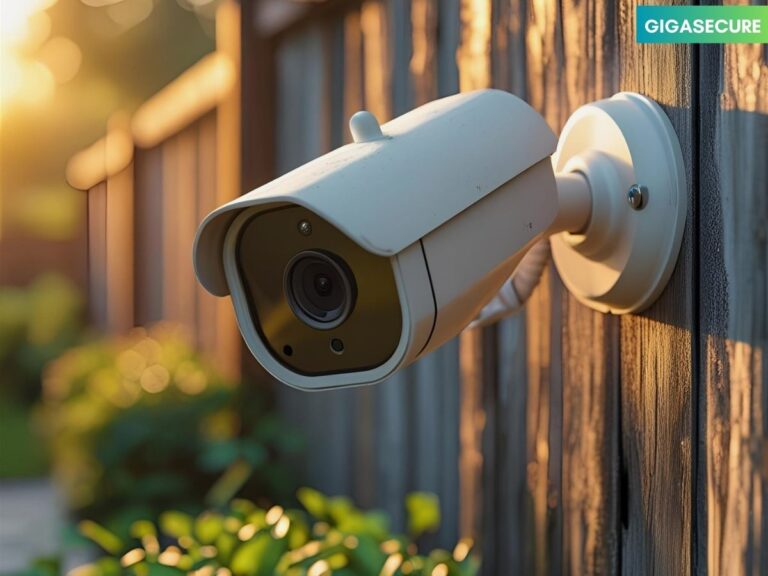Where to Position Outdoor Cameras for Maximum Coverage?
Keeping your home safe is very important. One good way to do this is by using outdoor cameras. But, it’s not just about having cameras. Where you put them is key for maximum security coverage.
Putting cameras in the right spots can scare off intruders and help prove a break-in. This article will show you the best places to put your outdoor cameras to make your home safer.
Key Takeaways
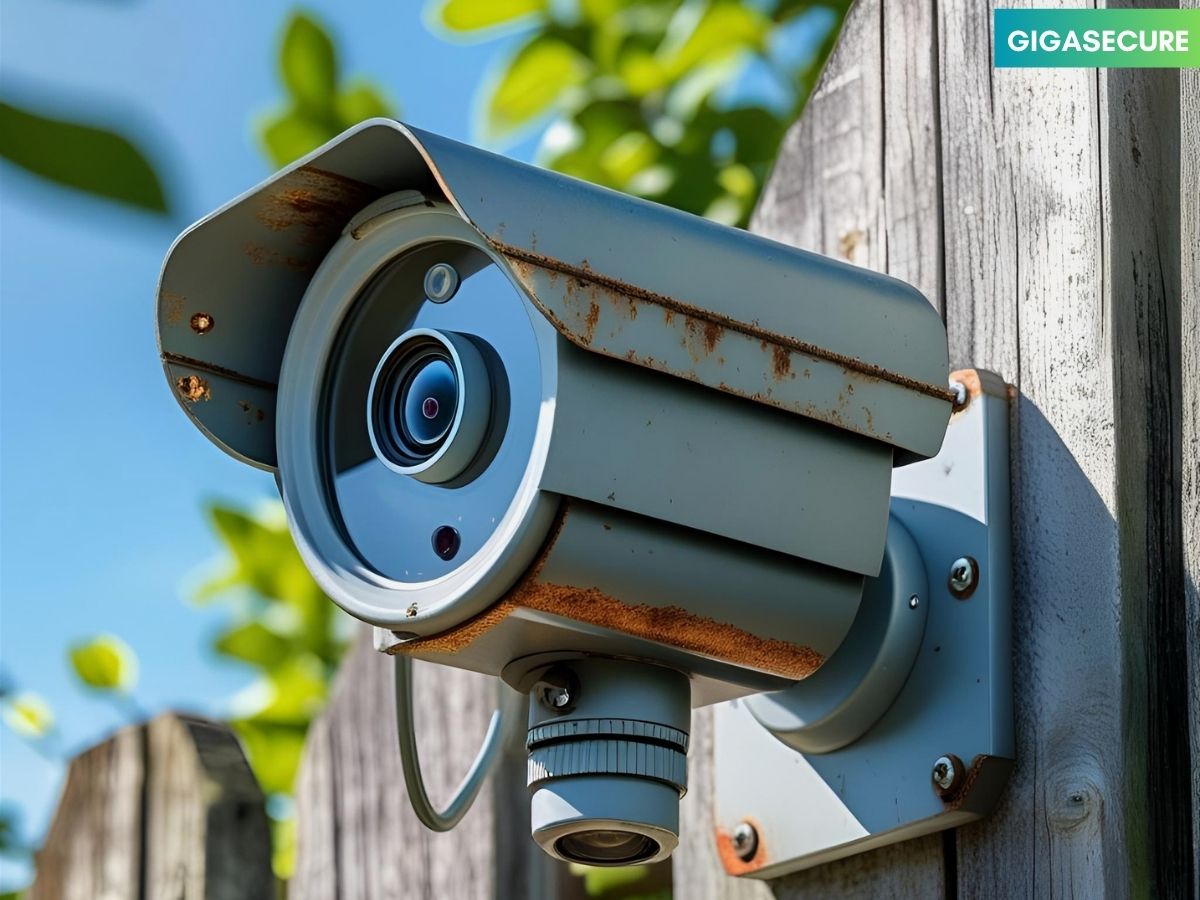
Understanding Your Security Needs Before Placement
It’s key to check your property’s weak spots before setting up outdoor cameras. Knowing your security needs helps make sure your cameras cover everything well.

Assessing Your Property’s Vulnerable Areas
Start by walking around your property to find weak spots. Look for places where someone could easily get in or hide. Use a property map to mark these spots for camera placement.
| Vulnerable Area | Potential Security Risk | Camera Placement Suggestion |
|---|---|---|
| Main Entrance | Unauthorized Entry | Above the door or nearby |
| Backyard | Intruder Hideouts | Corner installations for wide coverage |
| Driveway | Vehicle Theft or Damage | Along the driveway or at the entrance |
Identifying Key Entry Points and High-Risk Zones
Doors and windows are often where intruders try to get in. Areas with valuable stuff or important info need extra protection. Think about using cameras with night vision and motion detection.

Determining Your Security Goals and Coverage Requirements
What you want to achieve with your security system matters. Do you want to scare off intruders, keep an eye on things, or catch people? Figure out how much area each camera needs to cover. Make a plan that fits your needs.
Types of Outdoor Cameras and Their Ideal Positioning
Outdoor cameras vary in type, each needing a specific spot for best results. Knowing what each camera can do is key to placing them right.

Bullet Cameras: Best Placement Practices
Bullet cameras are long and cylindrical, great for seeing far away. They should be placed high, like on building corners or eaves. They work best between 8 to 10 feet off the ground, giving a clear view.
Dome Cameras: Optimal Mounting Locations
Dome cameras are flexible, working indoors and outdoors. They sit on ceilings or high walls. Their dome shape covers a lot of ground. Mount them high to keep them safe from tampering.
PTZ Cameras: Maximizing Pan-Tilt-Zoom Capabilities
PTZ cameras can move and zoom, covering big areas. They’re perfect for watching over large spaces, like parking lots. Place them high for the best view, and zoom in on what you need to see.
Floodlight Cameras: Strategic Positioning
Floodlight cameras have lights and camera features. They light up dark spots and scare off intruders. Put them near doors or in dark spots for better security. They’re mounted high to light up more area and stay safe.
Learning about each camera type helps you set up a smart outdoor camera system. This meets your security needs perfectly.
Key Principles for Where to Position Outdoor Cameras for Maximum Coverage
Putting outdoor cameras in the right spot can really boost your home’s security. The way you place these cameras is key. It helps keep intruders away and gives you solid evidence if something goes wrong.
Height Considerations: Finding the Perfect Balance
How high you hang your outdoor cameras matters a lot. If they’re too low, they’re easy to mess with.
But if they’re too high, the pictures won’t be clear. Aim for a height of 8 to 10 feet above the ground.
Camera Height Guidelines:
| Installation Height | Advantages | Disadvantages |
|---|---|---|
| Low (Below 6 feet) | Easy to install and maintain | Vulnerable to tampering |
| Medium (8-10 feet) | Balances security and image quality | May require additional support |
| High (Above 15 feet) | Difficult to tamper with | Poor image quality, possible blind spots |
Angle and Field of View Optimization
The angle and field of view of your outdoor cameras are very important. They should clearly show the area you want to watch.
“The key to effective surveillance is not just the number of cameras, but their strategic placement.”
Bruce Mann, Security Expert
Lighting Conditions and Camera Placement
Lighting affects how well outdoor cameras work. Place them so they don’t get too much glare and use the light they have well.

Weather Protection and Environmental Factors
Outdoor cameras need to handle different weather and conditions. Think about weather resistance, how well they can stand up to vandalism, and if plants or other things might block their view.
By keeping these principles in mind, you can make sure your outdoor cameras work their best. This will give you better security and peace of mind.
Front of House Camera Placement Strategies
The front of your house is key for security. Placing cameras right can scare off intruders and keep your place safe.
Covering the Main Entrance and Driveway
Focus on the main entrance and driveway first. A camera at the front door catches clear images of everyone who comes and goes.
Make sure it sees the door and around it. For long driveways, a camera with a wide view is best.
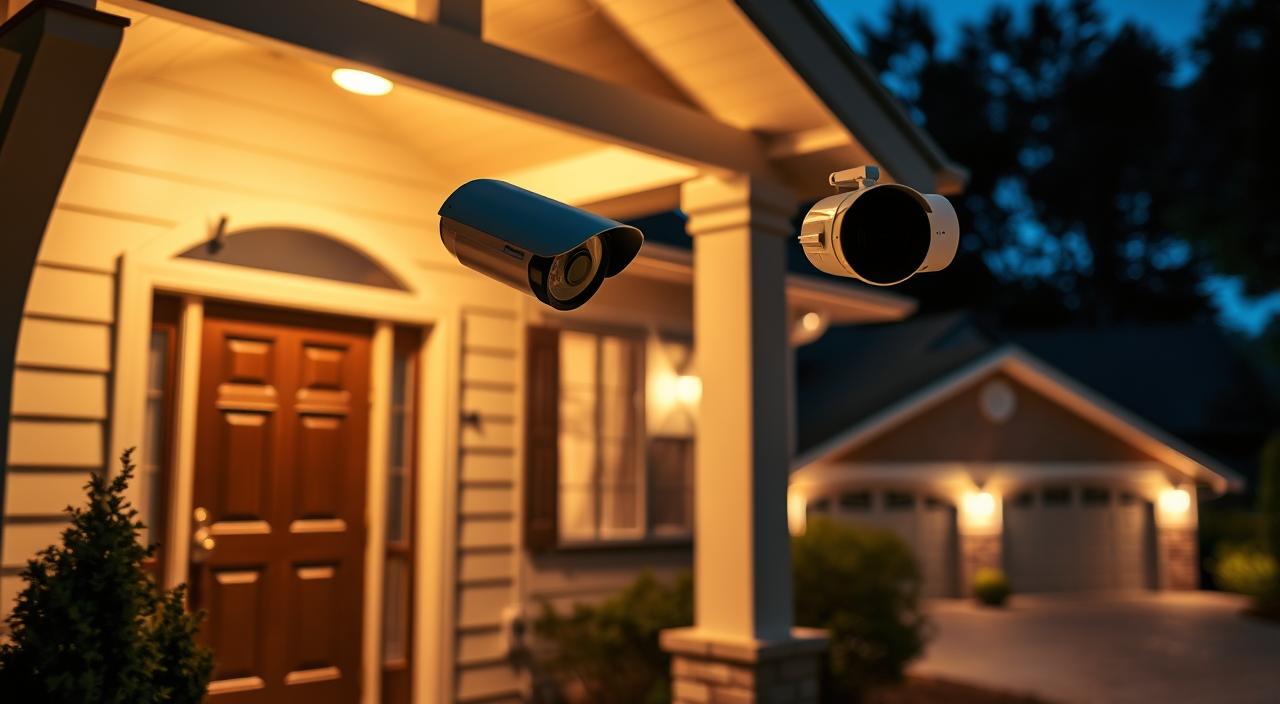
Monitoring Package Delivery Areas
Online shopping has made package theft a big issue. A camera near the front door can spot thieves. Pick a weather-proof camera with a clear view of where packages are left.
Capturing Street-Facing Views Effectively
A camera looking out at the street can watch the area and catch suspects. Choose the right angle and height for the best view. Make sure it’s not blocked by trees or other things.
Using these tips can make your home’s front area much safer. You’ll get the most out of your outdoor cameras and keep your home secure.
Backyard and Perimeter Security Camera Positioning
To keep your property safe, it’s key to place cameras wisely around your backyard and perimeter. These spots are often where intruders try to sneak in from the back or sides.

Securing Back Doors and Patios
Your back door and patio are common spots for intruders to enter. A camera in these areas can greatly boost your home’s security. Look for a camera with a wide-angle lens to cover more and avoid blind spots.
Monitoring Fence Lines and Property Boundaries
Fence lines and property boundaries are important to watch because they mark your property’s edge.
Cameras here can scare off trespassers and help prove a security breach if needed. Choose cameras with night vision for surveillance in the dark.
Coverage for Detached Structures and Outbuildings
Sheds, garages, and guest houses are also at risk of theft. Cameras near these spots can safeguard your belongings. Make sure the cameras are weatherproof and offer a clear view.
By focusing on these areas and using outdoor surveillance camera placement tips, you can cover your backyard and perimeter well. This smart camera placement will make your home safer and give you peace of mind.
Side Yard and Blind Spot Coverage Techniques
To ensure your property is fully secure, focus on side yard and blind spot coverage. These areas are often at risk because they’re hard to see.
Identifying and Eliminating Security Blind Spots
Spotting security blind spots is key to full coverage. Start by checking your property for any spots not seen by your cameras.
Look for things like trees or buildings that block views. Once you find these spots, you can place more cameras to cover them.

Overlapping Camera Fields for Complete Coverage
Make sure your cameras don’t leave any spots uncovered by overlapping their views. This way, you can catch everything happening around your property.
If one camera goes down, the others can keep watching. Think about the camera’s angle and height to get the best view.
Using these methods can really boost your property’s security. It’s about making a detailed plan for where to put your outdoor cameras. This way, you can protect every inch of your property.
Technical and Installation Considerations
Setting up outdoor cameras right is all about the tech and how you install them. When you’re planning your camera system, think about a few key things. These will affect how well your cameras work and how good they are at what they do.
Power Source Accessibility and Planning
First off, make sure your cameras can get power easily. You might need to wire them up or pick ones that last a long time on battery. Figure out what power each camera needs and pick the best option for each spot.
Wi-Fi Signal Strength and Camera Connectivity
For cameras that don’t need wires, a strong Wi-Fi signal is key. Check how well your Wi-Fi works in the spots where you’ll put cameras. You might need to use Wi-Fi extenders or mesh networks to keep the signal strong.
Wired vs. Wireless Installation Locations
Choosing between wired and wireless cameras depends on where you’re putting them and what you already have. Wired cameras are reliable but need more setup. Wireless ones are easier to move but need careful planning for power and connection.
Storage and Bandwidth Requirements Based on Placement
Where you put cameras affects how much storage and bandwidth you’ll need. Busy areas might need more storage and bandwidth. Work out how much storage you’ll need based on how many cameras, their resolution, and how many frames they show per second.
| Camera Type | Storage Requirement | Bandwidth Need |
|---|---|---|
| Wired | High | High |
| Wireless | Medium | Medium |

Thinking about these tech and install details will help make your outdoor camera system work well. It will give you the security and peace of mind you’re looking for.
Legal and Privacy Considerations for Camera Placement
When setting up your outdoor cameras, it’s important to think about legal and privacy issues. Make sure your camera placement is both effective and follows local laws.
Understanding Neighborhood Privacy Laws
Privacy laws vary by neighborhood. Knowing these laws helps you avoid legal trouble. Some places have rules about recording audio or video of nearby homes.
A survey found that about 70% of homeowners don’t know the privacy laws for their outdoor cameras. Learning these laws helps you use your cameras well while keeping your neighbors’ privacy.
| Aspect | Description | Consideration |
|---|---|---|
| Neighborhood Laws | Varying regulations on surveillance | Familiarize yourself with local laws |
| Signage Requirements | Posting signs to notify of surveillance | Check if signs are mandatory in your area |
| Recording Public Spaces | Avoid capturing public areas unnecessarily | Adjust camera angles to minimize public space recording |
Proper Signage and Notification Requirements
In some places, you must post signs if your property is under surveillance. These signs help keep intruders away and let visitors and neighbors know about the cameras.
“The presence of clear signage can significantly impact the effectiveness of your outdoor security cameras. It’s a simple yet powerful way to enhance your home’s security.” – Security Expert
Avoiding Neighbor Property and Public Space Recording Issues
To keep good relations with your neighbors and follow privacy laws, adjust your camera angles. This means not recording your neighbors’ homes or public areas. You might need to position cameras carefully or use privacy features on your cameras.

By considering these legal and privacy issues, you can place your outdoor cameras effectively. This way, you respect the privacy of those around you while keeping your home safe.
FAQ Of Where to Position Outdoor Cameras for Maximum Coverage
What are the best locations for outdoor camera installation?
The best spots for outdoor cameras are entry points, risky areas, and places with valuable things. Put cameras at doors, windows, and fences to cover more ground.
How high should I install my outdoor security cameras?
The height for outdoor cameras varies by camera type and area. Usually, 8-10 feet high is best to avoid tampering and see clearly.
What are some optimal outdoor camera positioning techniques?
Good camera placement involves the angle, view, lighting, and weather. Make sure the view is clear, avoid shadows, and keep them dry.
How can I maximize my outdoor camera coverage?
For better coverage, overlap camera views, fill in blind spots, and mix camera types. Use bullet, dome, and PTZ cameras together.
What are some strategic outdoor camera positioning tips?
Place cameras at entry points, watch package areas, and face the street well. Think about your property’s security needs and position cameras wisely.
How do I ensure my outdoor cameras are positioned to respect my neighbors’ privacy?
To respect neighbors, don’t point cameras at their homes. Use privacy features or masks to narrow the view.
What are some ideal outdoor camera placement techniques for backyard and perimeter security?
For backyard and perimeter security, cover back doors, patios, fences, and property lines. Also, watch detached buildings and sheds.
How do I choose the right outdoor camera type for my security needs?
Pick the right camera based on its features and what you need. Look at bullet, dome, PTZ, and floodlight cameras to find the best fit.
Conclusion: Creating Your Comprehensive Outdoor Camera Plan
Creating a good outdoor camera plan means thinking about your security needs and picking the right cameras.
You should know where your property is most vulnerable and where people usually enter. This way, you can place cameras to cover the most important areas.
It’s important to position your cameras wisely for a strong security system. First, look at your property’s edges and find any spots where cameras can’t see.
Then, decide on the best angles and heights for your cameras. A guide on outdoor camera placement can help you make the right choices.
By using the advice in this article, you can make a detailed outdoor camera plan. This plan will help keep your property safe and give you peace of mind. Good camera placement is key to keeping intruders away and keeping your family safe.

